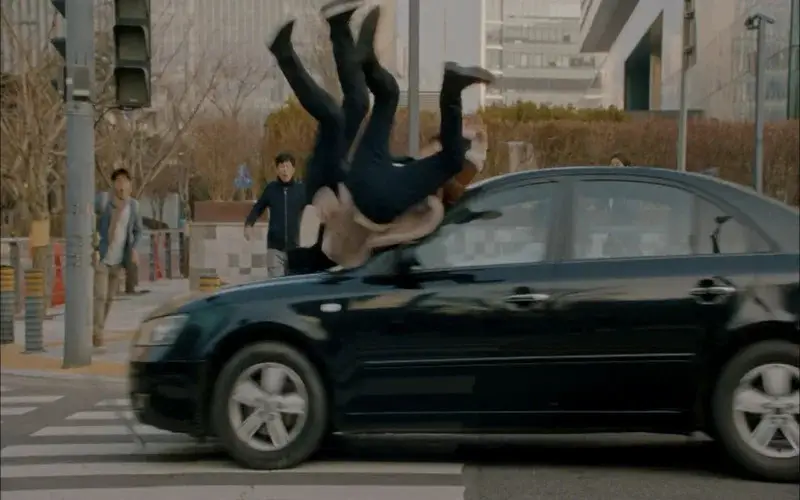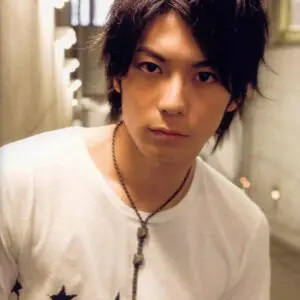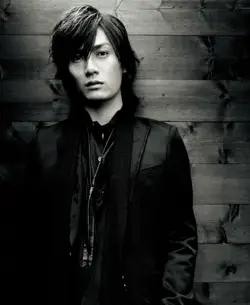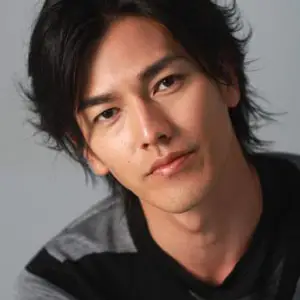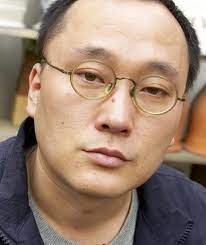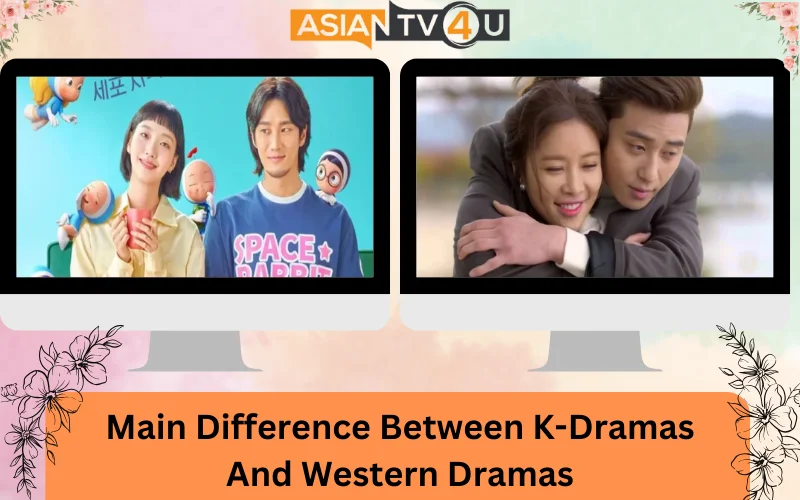
Recently, Korean dramas have gained popularity in Western countries and worldwide. With this recent boom in popularity also comes heightened awareness about the differences between Western and Korean dramas. K-dramas seem to have more compelling stories and plots which are different from those in the Western. Although there are plenty of similarities between these two, the differences in the culture and structures are pretty noticeable. While some believe that one is better than the other, these dramas are worth watching anyway. The top ten main differences between K-dramas and Western dramas are.
1. The Length Of The Show
Western dramas often go on for a long period and have multiple seasons. Due to these reasons, Western dramas keep on introducing new characters and storylines to the plot, sometimes fundamentally changing the show's core identity. At the same time, K-dramas tend to stick to just one season with 10-16 episodes. Often no new characters are introduced and the show concludes and develops in that particular season. Only some dramas have multiple seasons, when it is fan loved, but it's pretty rare.

2. So Many Cliches
In Western dramas, every show tries to do something unique with its structure. It comes across as a show that depicts something different and new, which is always refreshing. These shows also sometimes offer unexpected twists that change everything and are great to watch. On the other hand, K-dramas tend to stick to the same formula, where the main character's story is mapped out from the beginning. The character's destiny is apparent, be it an office romance, a love triangle, or a goal that they are trying to reach. K-dramas tend to have overused tropes and repetitive plots.
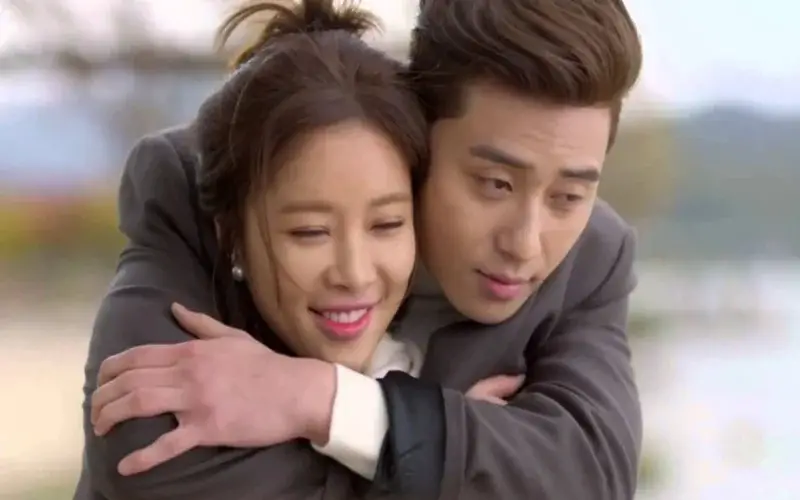
3. Product Placement Is Everywhere
Product placement is a technique used to promote products by characters using and displaying them in the show. The Western dramas do this more subtly, so it might not even be noticeable. K-dramas constantly use product placement in an undeniable way. It is seen with food and cosmetic products where the chapters use and recommend to others, using a pitch as they are selling them. It is quite noticeable the majority of the time.

4. Visual And Sound Effects
While watching Korean dramas, specifically comedy and light-hearted romance, viewers notice odd sounds from the characters. These sounds are used to add expressions and gestures the characters make. There are also visual effects added to amplify scenes and reactions. Every K-drama doesn’t use this, but a lot of them do. This adds an element of playfulness to the scene. Western dramas don't use this technique and always steer away from it and usually stick to a more serious tone.

5. Little To No LGBTQ+ Representation
When it comes to Korea, it is known for being reserved for specific topics. The more controversial the topic, the farther they are from representing it. LGBTQ+ themes and people are rarely shown in the Korean media. If there is some romance about them, it is often alluded to and is never shown physically in the way heterosexual relationships are. Additionally, they are often even in a negative light, as if they are socially unacceptable. In recent years, Western dramas have progressed a lot, in where LGBTQ+ people are seen. They have even gone to a point terms of where they also have a show dedicated to exploring this community, which hasn’t been seen in Korean dramas.
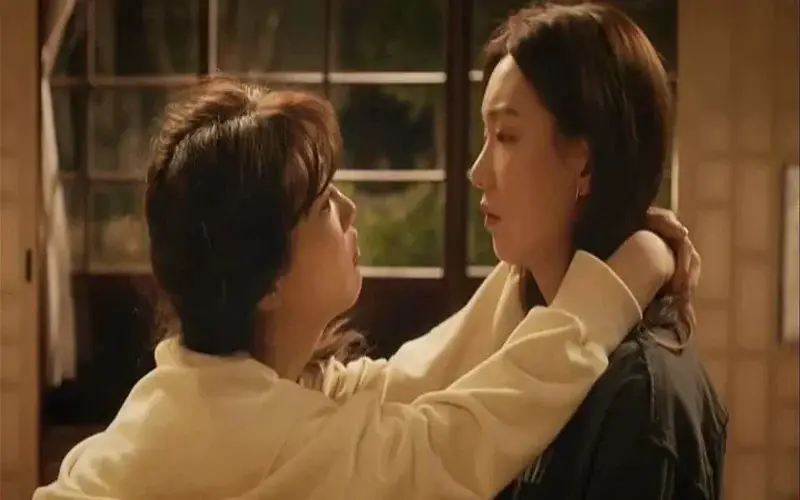
6. Romantic Relationships Are Paced Differently
In Korean dramas, where romance is the center of the show, most of the time is spent on the earlier stages of the relationship before they begin their romantic journey. It is pretty common for these romance dramas to be slow-paced, creating a deeper connection between the chapters. Their focus is placed more on emotional aspects than physical ones. Western dramas quickly develop romances that lack proper chemistry and force a connection.
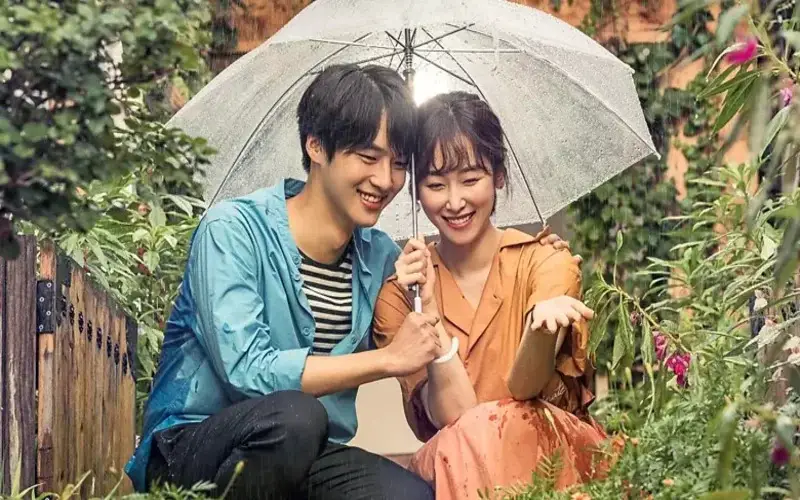
7. The Portrayal Of Men And Women
K-dramas portray women and men differently than Western dramas do, both in terms of characterization and their relationships. Women tend to be less sexualized and come under the stereotype of a good girl. Men are also portrayed as more affectionate and sensitive. These things are not seen in Western dramas, where men don’t show affection and women are more nuanced.
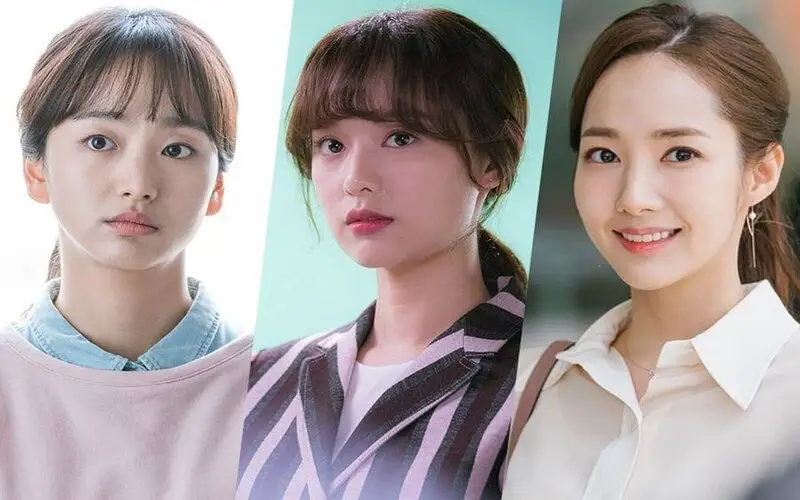
8. Food is Significant To Characters' Lives
Food isn't featured quite prominently in Western dramas, and K-dramas take it to a whole new level. Characters’ lives tend to revolve around grabbing food with family, friends, partners, and coworkers. These characters can be seen having social interactions which involve food. Culture also plays a massive part in this, as actors are seen eating food of their cultures. Korean practices, etiquette, and meals are means of conveying and progressing a character's personality and story.
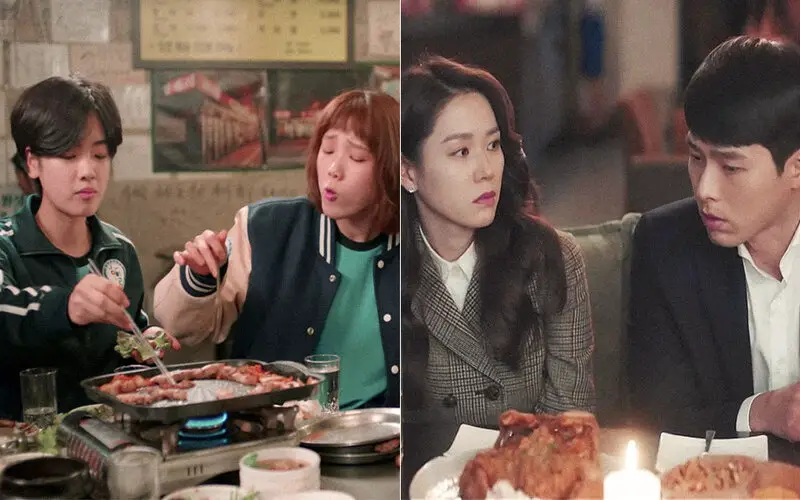
9. Excessive Consumption Of Beer And Soju
In K-dramas, like food, alcohol is also quite extensively displayed. Beers and soju are the leading drinks seen in K-dramas. Excessive consumption is also not considered a serious issue despite the amount the character drinks. Excessive consumption is normalized and is not seen as anything more than an everyday activity. Western drama depicts variety in their drinking and it also broadens the context of it. They portray the usage of alcohol in both positive and negative ways, also addressing serious issues like addiction.

10. Some Kind Of Health Complication Or Tragedy
K-dramas tend to have a tragedy strike them in a theoretical way. Everything is undoubtedly fine until a character finds himself ill or is hit by a car. It’s pretty common to see a significant character suffer an injury and have to overcome it, then shortly recuperate. Western dramas also have their version of tragedy not relying on an overused trope. These characters are experienced in just as much tragedy as Korean drama, but its specifics are more unique.
